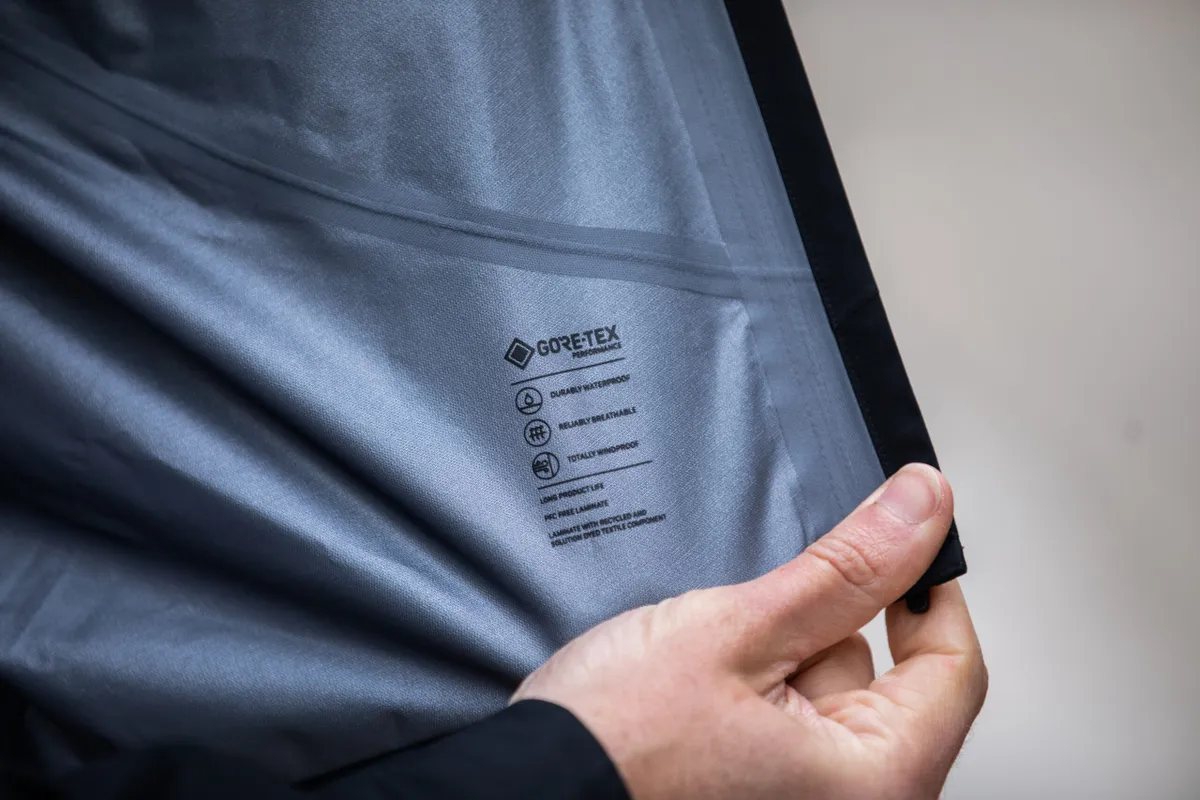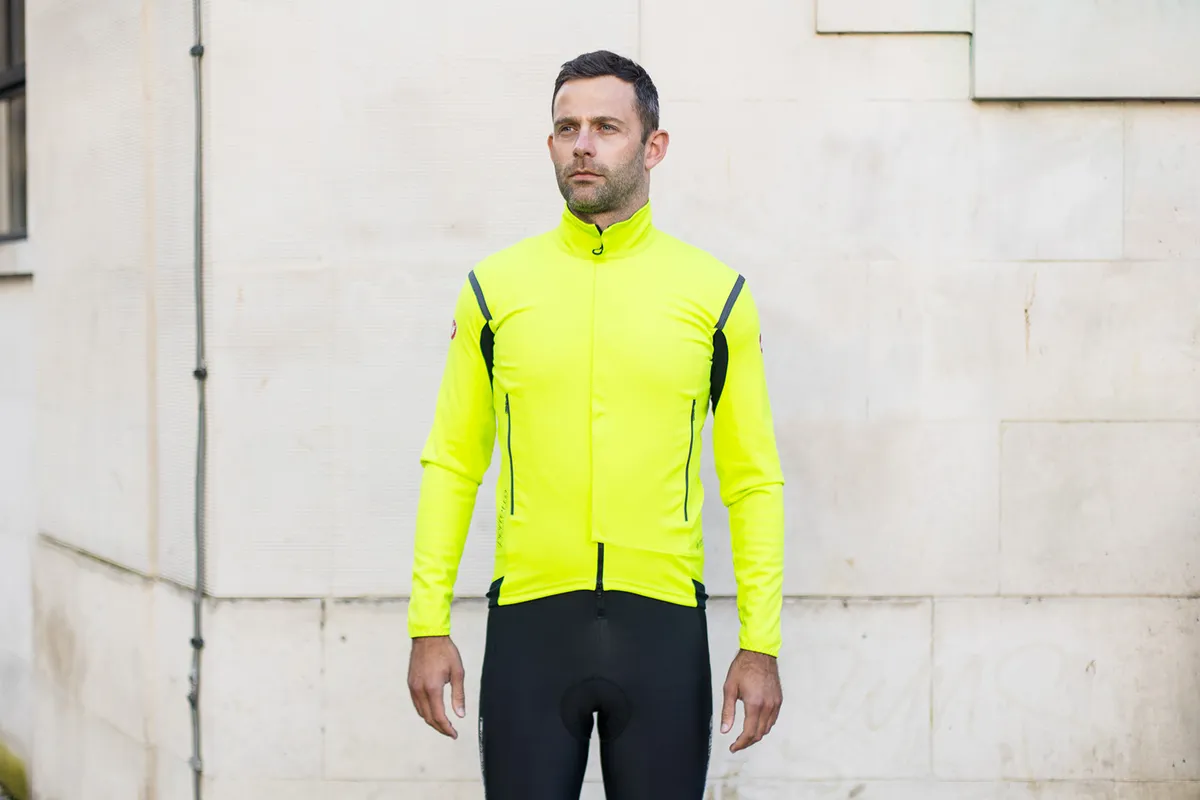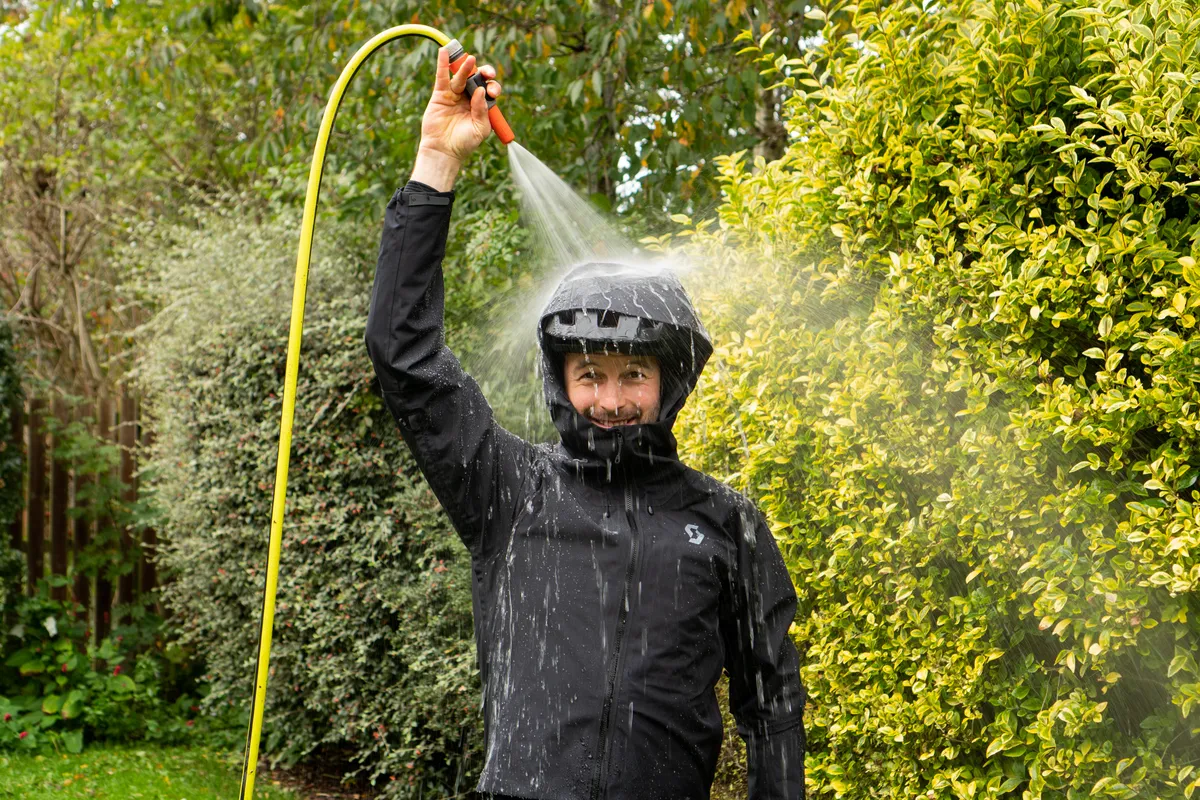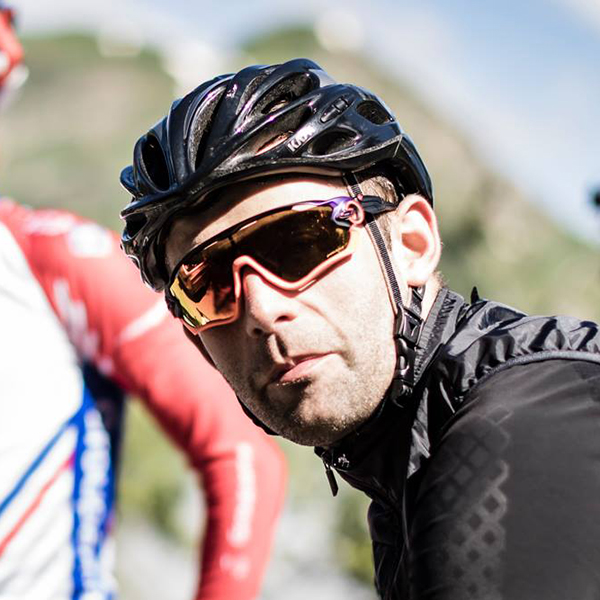New, supposedly more eco-friendly waterproof fabrics have made a few headlines in recent months.
The strongest opinion I’ve heard boils down to an outright rejection of the efficacy of the new fabrics – while the general consensus among experts is they aren’t quite as effective as their forbears. To me, the extreme view is (very) wide of the mark.
I’ve tested seven waterproof jackets, two deep-winter jackets and a set of winter gloves in recent months, which can all lay claim to being PFC/PFAS-free. In reality, all the fabrics are perfectly capable.
While I’d never advocate buying a new jacket or gloves for the sake of doing so – using existing products remains the most environmentally conscious decision – I’m very impressed by the performance the latest waterproof fabrics can offer.
In fact, I think the latest technology could be more desirable than the old when riding through rainy conditions, for more than purely ecological reasons.
Less waterproof… but more breathable?

The experts say, broadly speaking, we should expect reduced durability and 'performance' from new PFC/PFAS-free fabrics – but that, in time, performance should be recovered as brands develop new iterations.
While I agree that water resistance (both from the durable water repellent treatment you often see in action, and the membrane between the inner and outer-face fabrics) has generally dropped a little compared to previous-generation fabrics, most of them feel very breathable.
Of course, they don’t circumvent the laws of physics and breathe while it’s especially humid (raining), but when it’s drier, they seem to offer an equal or greater sense of gas exchange compared to older fabrics I’ve tested.

In turn, I’ve felt less clammy when working hard in comparable conditions wearing PFC/PFAS-free clothing than older-style fabrics. A notable exception is thinner two-layer fabrics, such as Gore-Tex Shakedry and the PFC/PFAS-free Pertex Shield variant used for the Scott RC Weather WP Men’s Jacket, which have the physical advantage of fewer layers blocking airflow.
That said, I think many of the latest fabrics with the same layered construction feel thinner (lighter) than before.
This would seem to help air penetrate a little more. That might seem undesirable (I certainly prefer a waterproof that feels more like a barrier than a flimsy shell), but remember this simple gas exchange is key to moving warm air through, which can help keep you from overheating and sweating as readily.

While comparing the performance of any fabrics is a little like comparing apples and oranges – or, at least, different kinds of apples – I’d argue that many of the latest three-layer fabrics, such as Gore ePE, Pertex Shield and Polartec Power Shield RPM, feel at least as breathable as their predecessors (such as Gore-Tex Active).
Gore doesn’t commit to a specific breathability figure for Gore-Tex ePE, while Pertex is also secretive on details for Shield. However, Polartec is more forthcoming: both Power Shield RPM and Power Shield Pro (the latter is used on the Santini Guard Neos jacket) have 20,000g/m²/24hrs ratings – on a par with similarly pitched PFC/PFAS forebears on paper.
Add in the relative lightness, though, and that can help make them feel even better.
Why would I want a less-waterproof waterproof jacket?

This is a good question – the answer lies in an honest appraisal of how well waterproof jackets perform in reality.
As we know, they can’t keep rain out and breathe at the same time – for the most part, they can do one or the other in the moment (resist rain when it’s wet, or let water vapour out when it’s dry and the required atmospheric gradient exists).
When I ride, I produce my fair share of sweat if I'm working hard. When it’s raining and I’m zipped up, that sweat builds up under the jacket because it has nowhere to go.
Thus, in quick order, my baselayer is often wet through, even when the jacket is doing a grand job of keeping rain water out. This isn’t comfortable and can lead to me feeling chilly in the longer run.

The more pertinent question, then, is '“'if I’m getting wet anyway, what can I do to make myself more comfortable?'.
For many, the answer has historically lain in softshell jackets such as the Castelli Perfetto (née Gabba). Although these typically offer limited protection from the rain compared to a proper waterproof jacket, they make up for that with far greater breathability.
They’re no magic bullet, but they offer greater scope to ride without getting uncomfortably wet inside as quickly.
Perhaps, then, PFC/PFAS-free fabrics offer a similar alternative, except (as far as I’ve seen) with a greater bias to more waterproofing. A halfway house, if you like, between what older hardshell waterproof fabrics could do, and what softshells offer.

If I’m remaining drier for longer inside my jacket, because the garment is more breathable overall, then I’m more comfortable, while the water resistance of PFC/PFAS-free fabrics is still better – up to around a 20,000mm water column rating – than a softshell.
This has proved more than enough to protect me from even a heavy and prolonged rain shower in testing. For the kind of conditions when even greater water protection is needed… perhaps it wasn’t a wise choice to go cycling that day in the first place.
As a result, with bans beginning to roll out across the world on sales of clothing made with PFC and PFAS chemicals (as of 1 January 2025, the US states of New York and California have banned them, according to clothing brand Patagonia), I wouldn’t lament the loss of them.
In reality, the new-age tech is just as effective as the old when riding in real-world conditions.
